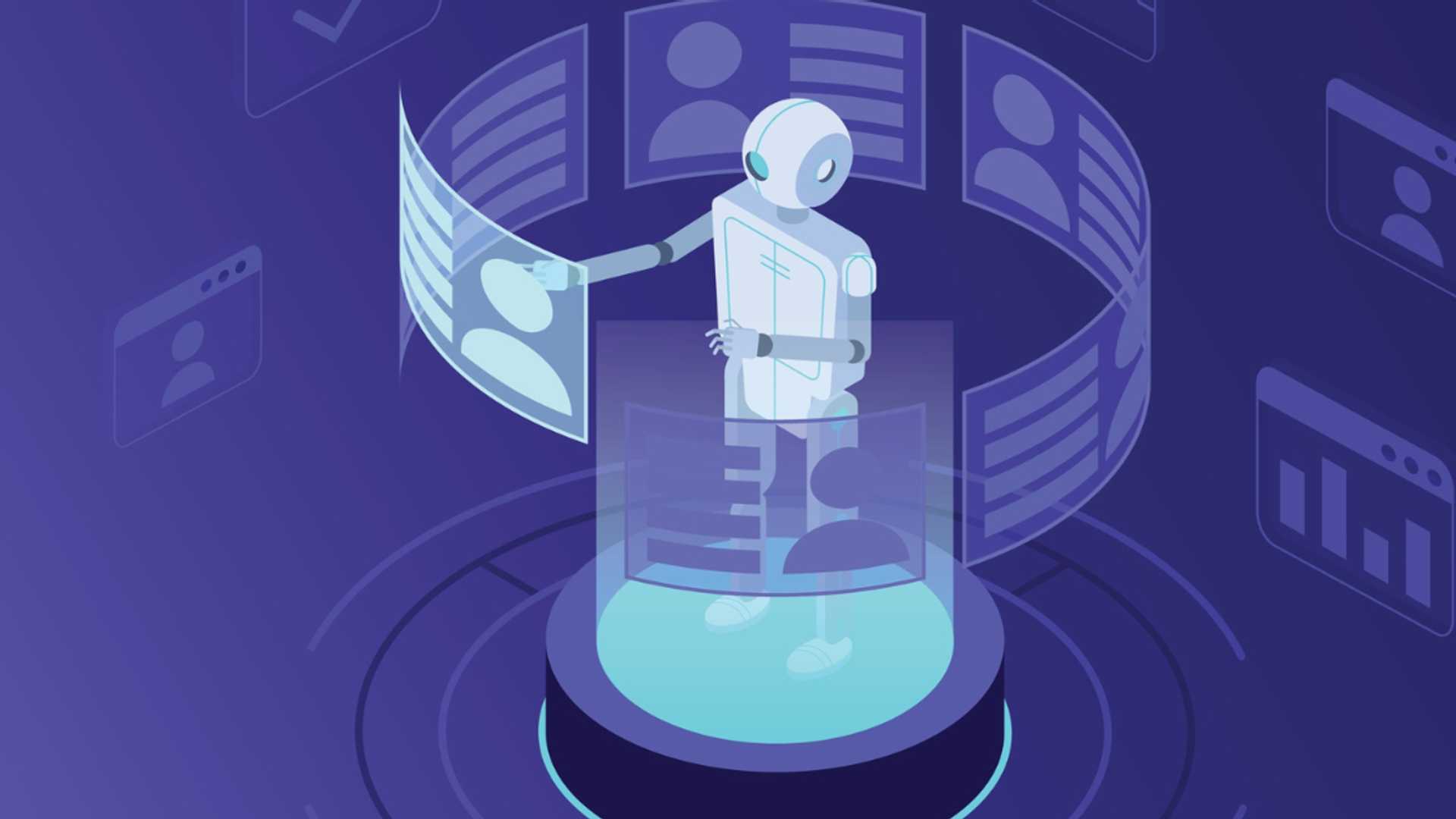How ChatGPT-4 Will Change The Hiring Game
The field of human resources (HR) is constantly changing, and it is time for HR professionals to begin investigating and utilising brand-new technological tools to remain ahead of the curve. Artificial intelligence (AI) and natural language processing (NLP) are transforming many industries, including the HR industry. With the recent release of ChatGPT-4, the most recent iteration of OpenAI’s GPT series of language models, there are even more opportunities for technological advancements in HR.
ChatGPT-4 is intended to produce human-like responses to natural language prompts. With improved speed, scalability and performance across a wider range of tasks than its predecessors, ChatGPT-4 is the ideal tool for HR professionals who want to streamline their operations and enhance employee experiences.
Recruitment Process
Recruitment is one of the most important areas where ChatGPT-4 can make a difference. Traditionally, sifting through resumes and conducting multiple rounds of interviews are time-consuming and burdensome. With ChatGPT-4, recruiters can automate many of these tasks, allowing them to concentrate on more important aspects of the hiring process, such as engaging candidates and building relationships.
ChatGPT-4 can be used to create personalised job descriptions and application processes, tailored to the needs and preferences of individual candidates. It can also conduct initial candidate screenings, using natural language processing to analyse resumes and identify the most qualified applicants. This can save recruiters significant amounts of time and help them identify top candidates more efficiently.
Once candidates have been selected, ChatGPT-4 can also be used to conduct initial interviews and assessments. It can ask candidates a series of questions, using natural language processing to evaluate their responses and determine their fit for the role. This can help recruiters identify potential red flags early on in the process and make more informed decisions about which candidates to move forward with.
Onboarding
Onboarding is another area where ChatGPT-4 can make a difference. As it establishes the tone for the employee’s whole relationship with the organisation, onboarding is a crucial phase in the employee lifecycle. Traditional onboarding procedures can be time-consuming and burdensome, which lowers employee engagement and retention rates.
With ChatGPT-4, HR specialists can design more unique and interesting onboarding processes for new hires. For instance, ChatGPT-4 can be used to develop interactive onboarding manuals that use natural language processing to respond to frequent queries and give new hires pertinent information. Additionally, it can be used to conduct online onboarding sessions, enabling new hires to communicate with their coworkers and managers from any location.
Employee Engagement and Retention
ChatGPT-4 can also be used to improve employee engagement and retention rates. By using natural language processing to analyse employee feedback, HR professionals can identify areas where employees are struggling or dissatisfied and take proactive steps to address these issues. ChatGPT-4 can also be used to conduct pulse surveys and other employee feedback mechanisms, allowing HR professionals to gather real-time data on employee satisfaction levels and make data-driven decisions about how to improve the employee experience.
ChatGPT-4 addresses a critical step forward in the reconciliation of man-made intelligence and NLP advancements in the HR space. It has many potential uses, including enhancing employee engagement and training initiatives, as well as recruiting and onboarding procedures. By automating and streamlining many traditional HR tasks, ChatGPT-4 opens up HR professionals to focus on more vital and value-adding activities, which can ultimately improve the overall progress of an organization.
It is likely that we will see even more innovative HR applications as this technology continues to advance, resulting in increased efficiencies and enhancements to the employee experience. Therefore, HR professionals should begin investigating and utilizing these brand-new technological tools in order to remain ahead of the curve and meet the challenges posed by a constantly changing workforce.




















